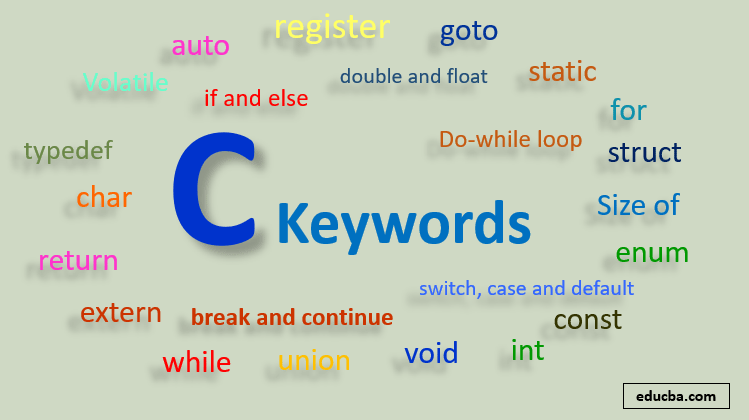Understanding Keywords: Definition and Examples
3 min read
In the realm of digital marketing, search engine optimization (SEO), and content creation, keywords play a pivotal role. They are the foundation upon which successful digital strategies are built. This article delves into the concept of keywords, their importance, types, and practical examples, providing a comprehensive understanding for anyone looking to enhance their digital presence.
What is a Keyword?
A keyword is a specific word or phrase that people use to search for information on search engines like Google, Bing, and Yahoo. These words or phrases are essential for search engines to understand the content of a webpage and to match it with users’ search queries. Keywords help search engines determine which pages are most relevant to a given search term, ultimately influencing a website’s visibility in search engine results pages (SERPs).
Importance of Keywords in SEO
Keywords are the linchpin of effective SEO strategies. Here’s why they matter:
- Improved Search Engine Rankings: By optimizing your content with relevant keywords, you increase the chances of your website ranking higher in SERPs. Higher rankings lead to more visibility and, consequently, more traffic.
- Targeted Traffic: Using the right keywords helps attract visitors who are genuinely interested in your content, products, or services. This targeted traffic is more likely to convert into leads or sales.
- Content Relevance: Keywords guide the creation of relevant and valuable content for your audience. By understanding what your audience is searching for, you can provide information that meets their needs.
- Competitive Advantage: Conducting thorough keyword research can reveal gaps in your competitors’ strategies, allowing you to capitalize on untapped opportunities.
Types of Keywords
Keywords can be categorized into several types based on their length, specificity, and user intent. Understanding these types helps in selecting the right keywords for your content.
Short-Tail Keywords
Short-tail keywords, also known as head keywords, are typically one to two words long. They are broad and generic, such as “shoes” or “digital marketing.” While they have high search volumes, they are highly competitive and often lack specificity.
Long-Tail Keywords
Long-tail keywords are longer and more specific phrases, usually consisting of three or more words. Examples include “best running shoes for women” or “digital marketing strategies for small businesses.” Although they have lower search volumes, they tend to attract more targeted and conversion-ready traffic.
Short-Term Fresh Keywords
These keywords are trending or seasonally relevant. For instance, “Black Friday deals 2024” or “Olympics 2024 schedule.” They have a short lifespan but can drive significant traffic during their peak periods.
Long-Term Evergreen Keywords
Evergreen keywords remain relevant over time and consistently attract traffic. Examples include “how to lose weight” or “SEO tips for beginners.” These keywords are valuable for building sustained traffic.
Geo-Targeted Keywords
Geo-targeted keywords focus on specific locations. They are useful for local businesses aiming to attract nearby customers. Examples include “coffee shops in New York” or “plumbers in Los Angeles.”
Intent-Based Keywords
These keywords are categorized based on user intent:
- Informational: Users are seeking information (e.g., “how to tie a tie”).
- Navigational: Users are looking for a specific website or page (e.g., “Facebook login”).
- Transactional: Users are ready to make a purchase (e.g., “buy iPhone 12”).
- Commercial Investigation: Users are researching products or services (e.g., “best laptops 2024”).
How to Choose the Right Keywords
Selecting the right keywords involves understanding your audience, conducting thorough research, and strategically incorporating them into your content. Here’s a step-by-step guide:
Step 1: Understand Your Audience
Identify your target audience and understand






